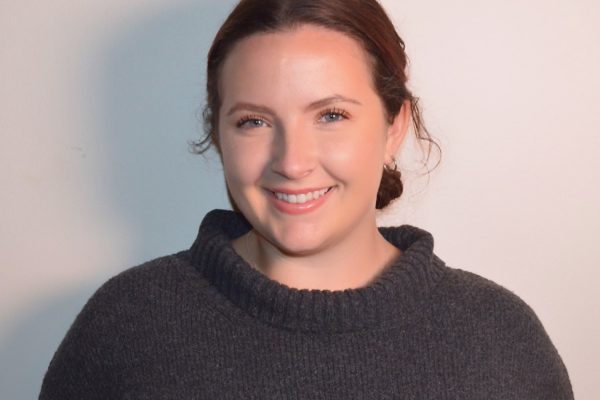Moving is doing
Students love to engage, collaborate, measure, and above all, explore. Inside their classrooms or outside in the community, students crave adventure and the freedom to solve new mysteries. Easily accessible technology provided by GPS satellites, spreadsheets and Web GIS (Internet -based Geographic Information Systems) can now place student learning into the very center of history, science, and even literary investigations. Geospatial science or as ESRI calls it, “the Science of Where,” is the collection, exploration, and synthesis by students of their own place-based or community-based data. With this technology at their fingertips, students dig deeper and explore wider into essential questions in all fields of study.
Getting Started
 First, gather the technology. Students measure their place or location with a GPS device (most accurate) or a cell phone mapping app (least accurate). Data at that location is gathered (tree identification, water quality, historic landmark location) and recorded on a spreadsheet (Excel or Google Sheets). Next, obtain a free subscription to computer mapping software, like ESRI’s ArcGIS Online, to add student data to online GIS maps for analysis and summary.
First, gather the technology. Students measure their place or location with a GPS device (most accurate) or a cell phone mapping app (least accurate). Data at that location is gathered (tree identification, water quality, historic landmark location) and recorded on a spreadsheet (Excel or Google Sheets). Next, obtain a free subscription to computer mapping software, like ESRI’s ArcGIS Online, to add student data to online GIS maps for analysis and summary.
Following the Inquiry Process
Follow the Geographic Inquiry Process to lead students through the investigative steps:
- Ask questions
- Acquire data
- Explore data
- Analyze data
- Act on your data
Telling a Story
When students act on their data, they are telling a story to someone to inspire them to action. The ESRI StoryMap app allows students to share their GIS analysis and conclusions with their community in a beautiful narrative containing pictures, maps, and descriptions. The narrative can also contain digital media such as videos and student photos to expand the message.
Digging Deeper
Explore the resources available below to find the technology, the tutorials, and the inspiration to jump into the geospatial world. The journey itself is fabulous!
Here are several web links to begin your geospatial adventures!
Ann Witzig recently retired after 14 years as an Environmental Technology CTE instructor at Essex Technical High School, Danvers, and earlier, 4 years teaching middle school science. Her CTE courses included student-centered, inquiry-based field and laboratory investigations of local watersheds, including water quality, geology, and land use practices. Ann incorporated both Desktop GIS (Geographic Information Systems) and Web GIS spatial analyses with inquiry-based projects to improve student critical thinking, data summary, and scientific reasoning. She introduced students to real world issues such as community vulnerabilities to climate change (expected flooding from sea level rise, increased coastal storm erosion, and storm surges) through data collection, GIS analyses of local threats, and presentation of solutions to the affected coastal communities. Ann received her undergraduate training in biology from the University of Maryland, College Park, her Masters Degree in Marine Sciences from Louisiana State University, Baton Rouge, and her Masters Degree in Curriculum and Instruction from George Mason University, Fairfax, Virginia.
 Print this post
Print this post



